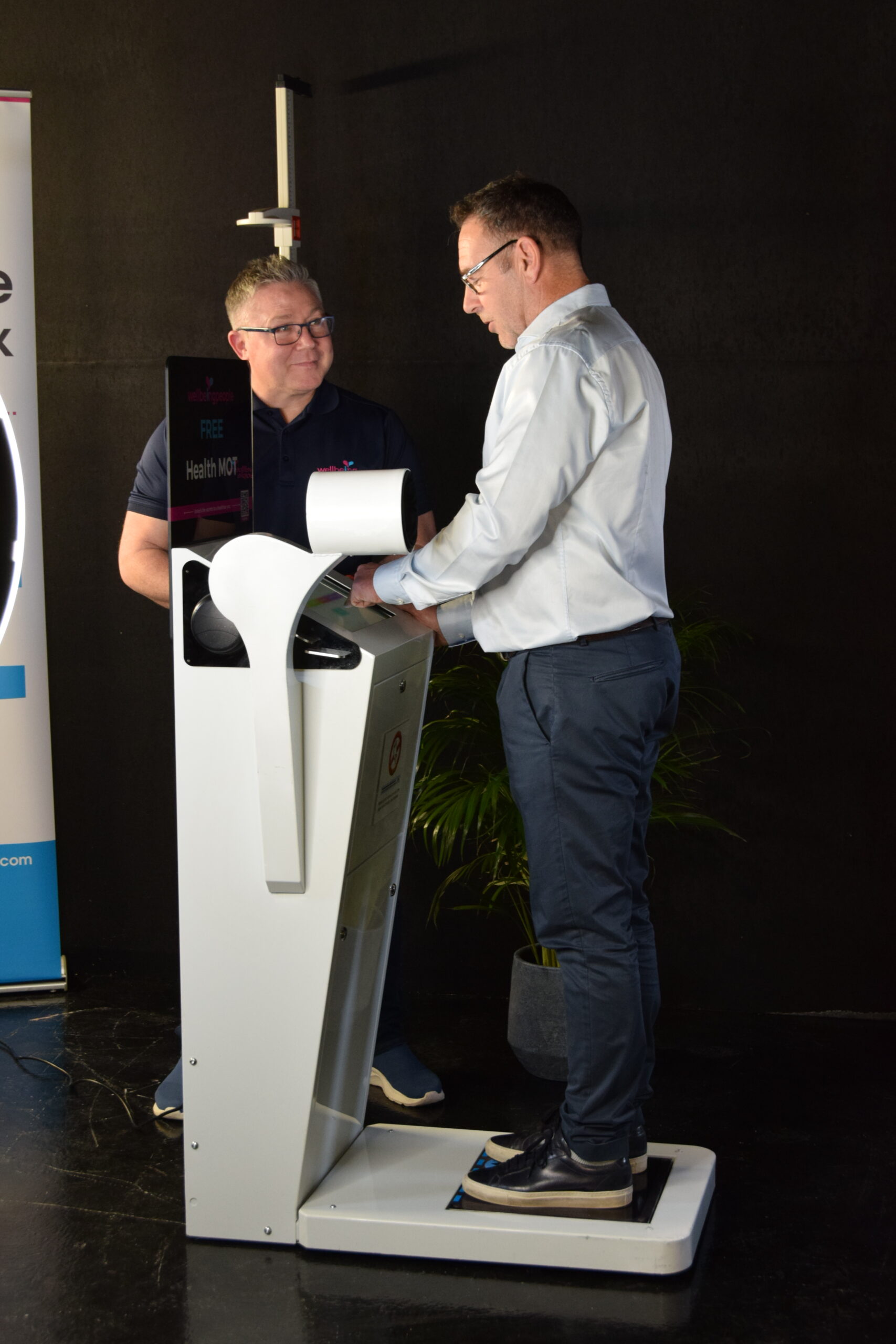Every year, the Movember movement draws attention to men’s health by encouraging the growth of the humble moustache. While it’s a brilliant awareness-raising campaign, men’s workplace wellbeing needs more than facial hair to spark real, lasting change, especially in the workplace.
The statistics show that men still face serious and preventable health challenges, both mental and physical, and employers hold significant power to help address some of the most pressing issues. By moving beyond symbolic gestures and into sustained action, companies can make a measurable difference.
Why Men’s Workplace Wellbeing Can’t Be Ignored
The statistics are sobering. Men account for around three in four suicides in the UK, and men account for the majority of preventable early deaths. They are also less likely than women to visit a GP and more prone to dying prematurely from heart disease, cancer, and other lifestyle-related illnesses. These issues don’t just affect individuals; they impact families, communities, and businesses.
In male-dominated industries in particular, a 'tough it out' culture can discourage openness about health concerns. This mindset can lead to presenteeism (working while unwell), increased absenteeism, and lower productivity. When men feel unable to seek help, the costs, human and financial, are significant. Addressing men’s workplace wellbeing is not optional; it’s a necessity.

Moving from Awareness to Implementation
Progressive companies are recognising that supporting men’s workplace wellbeing requires more than a once-a-year campaign. They’re embedding ongoing support into workplace culture. Here’s what’s working:
1. Introduce Male-Focused Mental Health Resources
Rather than generic wellness materials, offer initiatives that specifically address the challenges men face, such as tailored counselling, online mental health platforms, or partnerships with men’s health charities. Make sure these resources are visible, accessible, and stigma-free.
2. Establish Peer Support Networks
Encourage the creation of safe spaces where men can talk openly whether through informal 'coffee and chat' meet-ups, peer mentoring, or confidential drop-in sessions. Having trusted colleagues to share experiences with can help break down barriers and build a stronger culture of men’s workplace wellbeing.
3. Offer Easy Access to Physical Health Checks
On-site health screenings or mobile health kiosks can detect problems early, such as high blood pressure. By making checks convenient, you remove one of the biggest barriers: time.

4. Organise Year-Round Awareness Events
Don’t confine men’s health conversations to November. Consider hosting workshops on stress management, nutrition, sleep, or physical activity. Invite guest speakers who can share personal stories, these often resonate more than statistics alone.
Creating a Supportive Workplace Culture for Men
Policy and programmes matter, but culture is key. Leaders should model openness by talking about their own wellbeing and encouraging time off for health appointments. Managers can be trained to spot early signs of burnout or distress, and to respond with empathy rather than judgement.
Communication is equally important. Ensure that initiatives are promoted regularly through multiple channels, and crucially, involve male employees in shaping the support on offer. When men have a voice in the process, engagement naturally increases.
A Moral Duty and a Business Opportunity
Investing in men’s workplace wellbeing isn’t just the right thing to do, it makes business sense. Healthier employees mean lower absenteeism, higher productivity, and stronger retention rates. A supportive culture can enhance your employer brand, attracting talent who value companies that genuinely care.
The takeaway? Movember is a great conversation starter, but real change happens when those conversations lead to sustained, practical action. By embedding men’s workplace wellbeing into your company culture, you can help save lives, improve performance, and create a workplace where every employee, moustache or not, can thrive.
